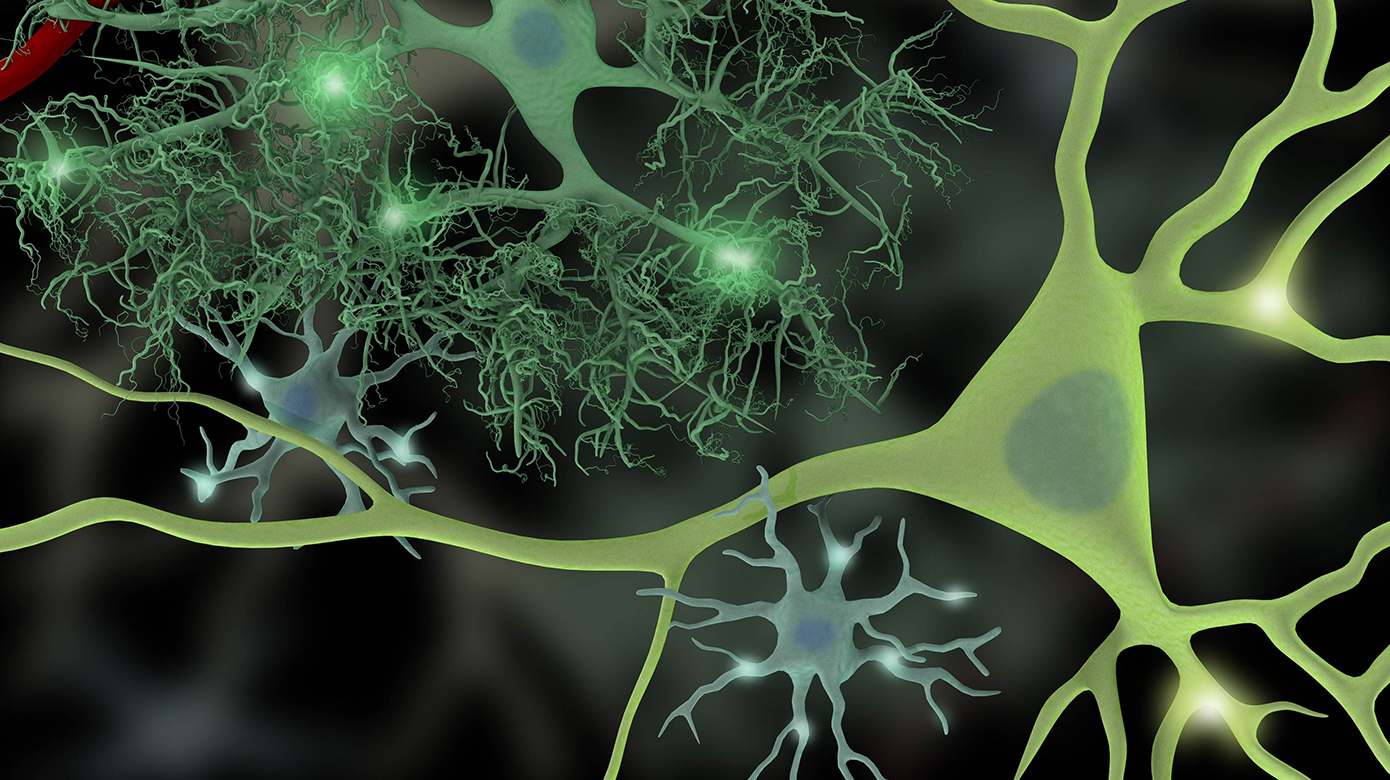Smith Laboratory

About the Lab
Projects in the Smith Laboratory focus on 'Neuro-Glia' interactions. Our research will explore the understudied and novel mechanisms by which neuromodulators mediate the interactions between neurons, astrocytes and microglia in both normal and disease states. By studying how neuromodulators mediate the unique interactions between these three cell types, we will elucidate their coordinated functions in the normal, healthy brain and how disruptions of neuronal-glial crosstalk will contribute to disease processes such as attention deficit hyperactivity disorder (ADHD), depression and epilepsy.
To that end, we hope these studies will provide valuable insight on the role of glia in pathophysiology, which is underrecognized in developmental disorders, with the hope of revealing pathways suitable for manipulation to alter disease progression in the central nervous system. To accomplish these goals, we employ a combination of transgenic animals, electrophysiology, pharmacology, behavioral assays, and two-photon Ca2+ imaging in acute slices and awake behaving animals.
-
Lab Focus Areas
Astrocytes Modulate Synaptic Plasticity via Norepinephrine Protecting the Aging Brain: Self-Organizing Networks and Multiscale Dynamics Under Energy Constraints Role of Astrocytes in Ca2+-Dependent Microglia Modulation of Synaptic Plasticity
-
Partnerships
Institute for Biomedical Sciences (IBS) Program, George Washington University School of Medicine and Health Sciences
Thomas Jefferson High School for Science and Technology Mentorship Program -
Contact
Nathan A. Smith, Ph.D. Director, Basic Neuroscience Research nasmith2@childrensnational.org
- Lab Twitter External Lab Site
Funding from the National Institutes of Health (NIH)
-
Department of Defense Army Research Laboratory Award
2020-2023
-
NIH Faculty Career Development Award
2019-2024
Featured Publications
-
Locus coeruleus in memory formation and Alzheimer’s disease
James T, Kula B, Choi S, Khan S.S., Bekar L.K., and Nathan A. Smith European Journal of Neuroscience (2020) -
Calcium-independent astrocytic lipid release modulates neuronal activity through Kv Channels
Wang F, Bradshaw H.B., Pena S, Jablonska B, Xavier J, Gong S, Li B, Chander-Militello D, Bekar L.K., and Nathan A. Smith. Preprint Biorxiv (2020) -
Astrocytic endocannabinoids mediate hippocampal transient heterosynaptic depression
Smith N.A., Bekar L, and Maiken Nedergaard Neurochem Res (2019) -
Loss of Clock results in dysfunction of brain circuits underlying focal epilepsy
Li, P, Fu X, Smith N.A., Curiel J, Tenga M.J., Martin B, Freedman S, Cea-Del Rio C, O’Neill B, Kao A, Oboti L, Tsuchida T.N., Oluigbo C, Yaun A, Magge S.N., O’Neill B, Kao A, Zelleke T.G., Depositario Cabacar D.T., Ghimbovschi S, Knoblach S, Ho C.Y., orbin J, Goodkin H.P., Vicini S, Huntsman M.M., Gaillard W.D., Valdez G, and Judy S. Liu. PMID: 29024662 96(2), pp. 387-401. Oct (2017) -
Imaging activity in neurons and glia with a Polr2a-based and Cre-dependent GCaMP5G-IRES-tdTomato reporter
Gee J. Michael, Smith N.A., Fernandez F.R., Economo M.N., Brunert D., Rothermel M., Morris S.C., Talbot A., Palumbos S., Ichida J., Shepherd J.D., West P.J., Wachowiak D.M., Capecchi M.R., Wilcox K.S., White J.A., and Petr Tvrdik. PMID: 25155958 Neuron (Cover) 83 (5), pp.1058-72 (2014)
